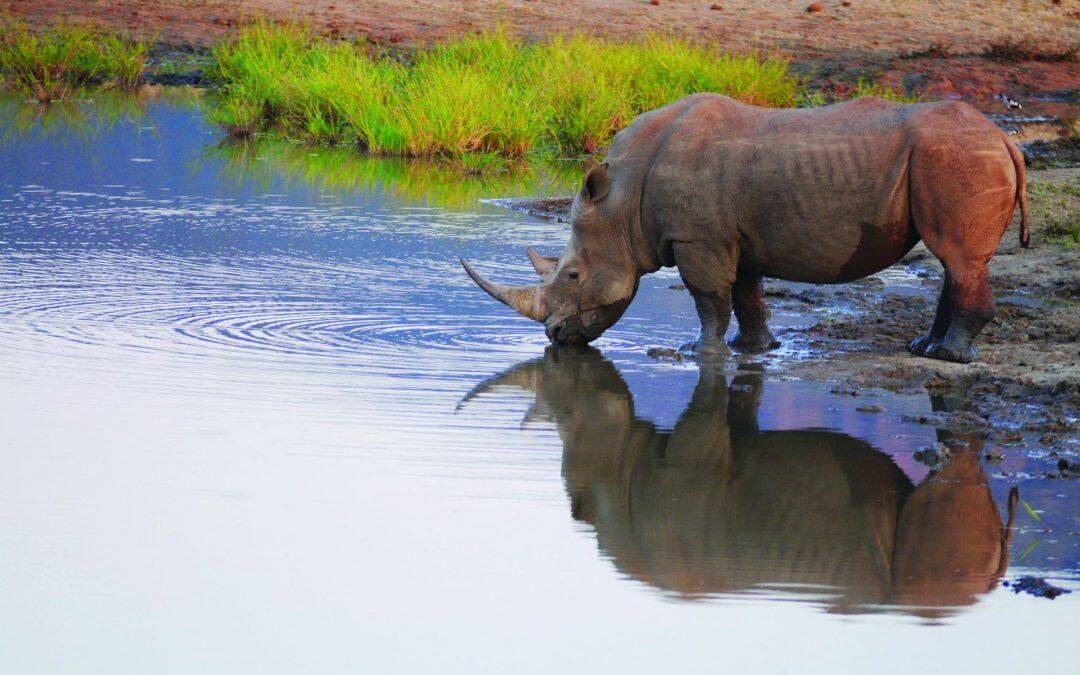The rhinoceros is one of those “big endangered animals”. While rhino poaching is being fought, and the usage of rhino horns has dropped in Vietnam by around 77%, according to “Vietnam CITES Management Authority”, the rhino, just as many other big animals, are still in danger of being killed, and consequently, endangered.
An international group of 43 researchers has called for action to protect iconic wild animals such as rhinos and tigers, so as to prevent the loss of benefits these big animals offer humans.
The researchers, including zoologists, ecologists and conservation scientists, have a 13-point declaration published on Wednesday the 27th of July, in the journal BioScience, emphasizing the need to acknowledge threats, halt harmful practices, commit to conservation and recognize a moral obligation to protect the planet’s large animals.
“Working with this group of colleagues to articulate the emergency of the issue and to develop a declaration was a logical step to try to promote awareness and action on the part of society at large,” said Rodolfo Dirzo, a member of the group and the Bing Professor in Environmental Science at Stanford University in northern California on the U.S. west coast.
Also a senior fellow at the Stanford Woods Institute for the Environment, Dirzo’s previous research has shown how critical large animals are in regulating disease risks for humans, preventing wildfires and spreading plant seeds, said a news release from Stanford.
About 60 percent of the world’s largest animals are threatened with extinction, according to the International Union for the Conservation.
“Under a business-as-usual scenario,” the researches write, “conservation scientists will soon be busy writing obituaries for species and subspecies of megafauna as they vanish from the planet.”
Increasing political will and funding for conservation
The group calls for a comprehensive global strategy that substantially increases political will and funding for conservation through binding regional and international frameworks.
Such a strategy would involve expanded interventions at scales relevant to animals’ habitat needs and large-scale policy shifts to alter the ways people interact with large animals.
Key to this effort, the researchers say, is understanding the value and importance of local human needs and combining international financial support with a coordinated multilateral approach to wildlife conservation.
As regions with the greatest diversity of big animals, such as Sub-Saharan Africa and Southeast Asia, often lack the resources to implement effective conservation strategies, “the onus is on developed countries,” the researchers write.
And by showing consensus, they hope to “galvanize opinion, catalyze action and establish new funding mechanisms.”
Like our Facebook page: greenarea.info , and share your thoughts on this story.











